Public Transport Be Damned
You ever get the feeling that you should be riding on public transportation? Me neither. The only time I'm tempted is when I need to travel long distances– oh wait, airlines still count as private transportation don't they? Right. Let's try that again. The only time I'm tempted is when I need to travel from one city to another city that's more than 300 miles away, but less than 500 miles away. And now that Amtrak has pulled the entire Acela Express fleet offline to repair cracked brakes, well, it's no sale.
Of course, I certainly understand people who use public transportation for commuting. Well, maybe not understand, but at least sympathize. Even in America, Land of the Free, Home of No-Money-Down, not everyone can afford a car. The hassle and expense of parking is also a fearsome disincentive for auto ownership. But what I can't understand, at all, on any level, is why people give credence to the factually flawed logic used by environmentalists to promote public transport.
These days, air pollution provides the greens with all the justification they need to sanctify public transport and crucify cars. Now that global warming has been accepted as fact and attributed to automobiles– in much the same way that creationists concluded that the Great Flood is responsible for the layered deposit of dinosaur bones– public transportation has become the only politically-acceptable way to reconcile mobility with ecological responsibility. Anything else is not just bad; it's morally reprehensible.
Well that's just plain wrong. First of all, let's take a closer look at buses. Nice idea, buses: lots of people, one engine. Divide the amount of pollution by the number of people inside. If the resulting airborne badness is less than that of a private passenger car's pppm (pollutants per passenger mile), the greens have an entirely rational platform from which they can vilify the car (not THEIR car, THE car).
Oh wait. Buses aren't always full. In places where car travel isn't penalized by taxes, parking or congestion, they're hardly ever full. Come to think of it, city buses only achieve maximum capacity during peak operating hours. So do we make our calculations based on average occupancy for an average bus? Or do we stack the deck in the tree-huggers' favor and analyze a bus stuffed to the gunnels with disgruntled commuters? What about fuel quality and maintenance issues? What about getting on with it…
Can't. Here in the US, it's diesel [bus] vs. gasoline [car]– which is like comparing apples sprayed with 8-phenyl-mercurioxyquinoline with organic oranges. As Mr. Elton has pointed out, diesel is one dirty bastard of a fuel. Your average US diesel engine spews more cancer-causing particulate matter into the air than a dozen chain smokers, or a hundred Ford Explorers for that matter. By contrast, today's gas-powered cars are so clean-running you can no longer start the car, close the garage door and kill yourself. When it comes to airborne pollution, cars rule, buses fool (almost all the people all the time).
What about trains? Forget about trains. They may fit a huge number of [theoretical] passengers but they're usually propelled by The Mother of All Diesel Engines.
OK, let's pretend carcinogenic particulates aren't important and consider fuel efficiency instead. Professor Roger Kemp of Lancaster University [UK] compared British commuter trains' energy efficiency with cars' and discovered that trains are far more fuelish than our four-wheeled friends. It was such a wash that the Editor of Modern Railways magazine felt compelled to write: 'I know this will generate howls of protest, but at present a family of four going by car is about as environmentally friendly as you can get'.
The result jibes with a study performed by Automotive Advisers and Associates of Hilden, Germany. The group discovered that trains consume 60% more energy per person transported than cars, and take up 200% more public space per person transported.
I'm sure that there are entire universities of well-educated greens out there ready to shoot holes in the above. Their first line of attack will be that the analysts are guilty of bias (which could NEVER be said about environmental campaigners). After that, they will claim that the US situation is not comparable to Europe (which is true: we're less densely populated). Finally, they'll gloss over the reality of the situation and say that public transport offers the POSSIBILITY of greener travel. You know, hybrid engines, hydrogen fuel cells, that sort of thing.
But here's the deal guys: you lose. Not only is private transportation cleaner and more fuel efficient than its public equivalent, people prefer it by a huge margin. So any attempt to use a political, moral or financial sledgehammer to bludgeon people out of their cars and into trains and buses is ultimately doomed to failure. If you really believe cars are planet killers, either continue to clean up their tailpipe emissions or… walk. But you walk alone.
More by Robert Farago
Latest Car Reviews
Read moreLatest Product Reviews
Read moreRecent Comments
- Jeff One less option will be available for an affordable midsize sedan. Not much can be done about GM discontinuing the Malibu. GM, Ford, and Stellantis have been discontinuing cars for the most part to focus on pickups, crossovers, and suvs. Many buyers that don't want trucks or truck like vehicles have moved onto Japanese and South Korean brands. Meanwhile large pickups and suvs continue to pile up on dealer lots with some dealers still adding market adjustments to the stickers. Even Toyota dealers have growing inventories of Tundras and Tacomas.
- Lorenzo This car would have sold better if there was a kit to put fiberglass toast slices on the roof.
- Lorenzo The Malibu is close to what the 1955 Bel Air was, but 6 inches shorter in height, and 3 inches shorter in wheelbase, the former making it much more difficult to get into or out of. Grandma has to sit in front (groan) and she'll still have trouble getting in and out.The '55s had long options lists, but didn't include a 91 cubic inch four with a turbo, or a continuously variable transmission. Metal and decent fabric were replaced by cheap plastic too. The 1955 price was $1765 base, or $20,600 adjusted for inflation, but could be optioned up to $3,000 +/-, or $36,000, so in the same ballpark.The fuel economy, handling, and reliability are improved, but that's about it. Other than the fact that it means one fewer sedan available, there's no reason to be sorry it's being discontinued. Put the 1955 body on it and it'll sell like hotcakes, though.
- Calrson Fan We are already seeing multiple manufacturers steering away from EVs to Hybrids & PHEVs. Suspect the market will follow. Battery tech isn't anywhere close to where it needs to be for EV's to replace ICE's. Neither is the electrical grid or charging infrastructure. PHEV's still have the drawback that if you can't charge at home your not a potential customer. I've heard stories of people with Volts that never charge them but that's a unique kind of stupidity. If you can't or don't want to charge your PHEV then just get a hybrid.
- AZFelix The last time I missed the Malibu was when one swerved into my lane and I had to brake hard to avoid a collision. 1 out of 5⭐️. Do not recommend.





















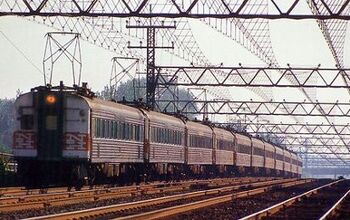
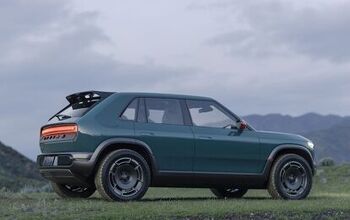
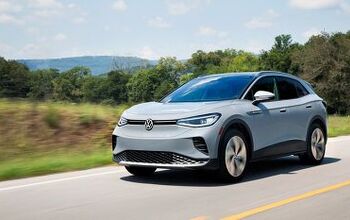

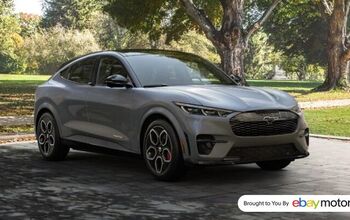
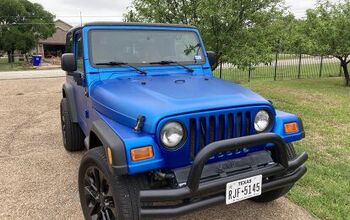
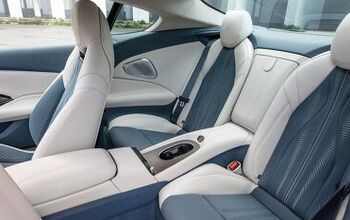
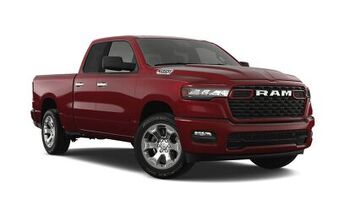
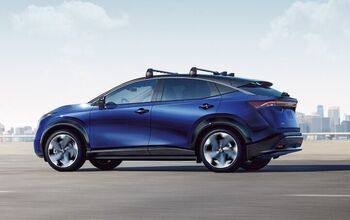
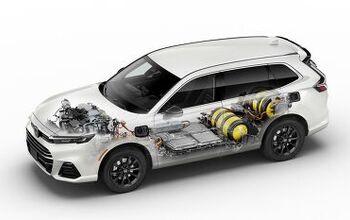
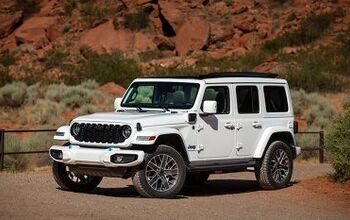
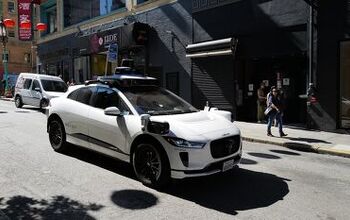


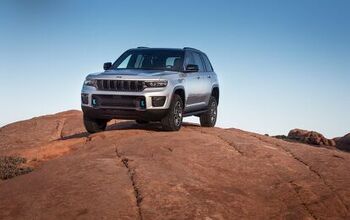
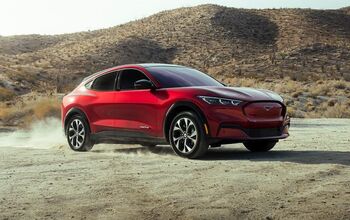
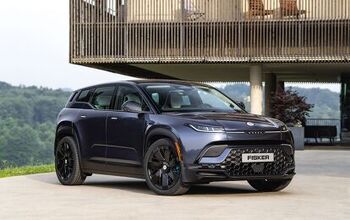
Comments
Join the conversation